 Evening Grosbeak Male (Coccothraustes vespertinus) photos by Larry Jordan
Evening Grosbeak Male (Coccothraustes vespertinus) photos by Larry Jordan
The Evening Grosbeak (Coccothraustes vespertinus) is a striking bird. With his dark head accented by a bright yellow forehead and supercillium, the male really stands out in a crowd. His black wings and tail contrast with his yellow scapulars and flanks, and large white wing patches. Click on photos for full sized images.
The female is more subtle in her plumage but gorgeous in her own right. Being mostly grayish brown on her upper parts, she has a yellow wash on the sides of her neck and a very sporty black and white patterned tail, with black wings that also have contrasting white and gray patches.
As you can see, Evening Grosbeaks visit bird feeders, often during fall and winter irruptions. They may also breed outside their normal breeding range following major winter irruptions1. Range map courtesy of Natureserve.
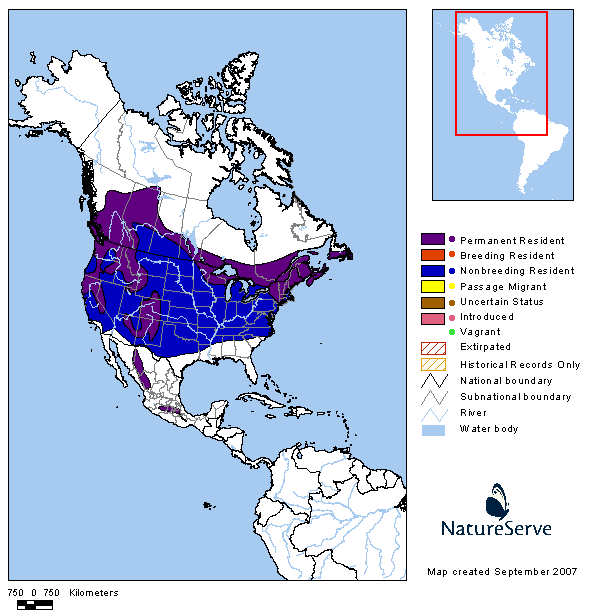
The birds pictured above graced my yard twice last year. A small flock arrived in mid-March not quite in full breeding plumage.
httpv://youtu.be/ZaxOTKczM6s
My guess is that they were pairing up at this time, moving to higher ground where they usually nest. We live in the foothills at an altitude of about 1600 feet, primarily oak savannah and Gray Pine but we do have some Ponderosa Pine on and around our property which Evening Grosbeaks will use for nesting, although in California they prefer White Fir and Jeffery Pine found at higher elevations1.
The grosbeaks were gone for a couple of months and returned at the end of May in full breeding plumage. Note the size of the male Evening Grosbeak relative to the Lesser Goldfinch in the foreground of this photo.
The only difference in non-breeding and breeding plumage of the Evening Grosbeak is the color of their rather large beak which turns a pale, pearly green color during breeding season.
Rather sexy don’t you think?
References: 1Birds of North America Online










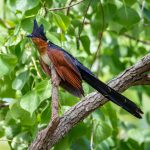

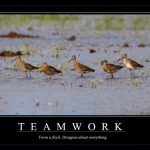
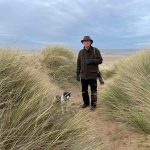
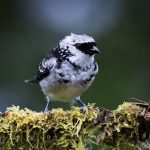
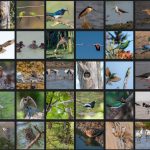

Leave a Comment